
Charles Wesley was an English leader of the Methodist movement. Wesley was a prolific hymnwriter who wrote over 6,500 hymns during his lifetime. His works include "And Can It Be", "Christ the Lord Is Risen Today", "Love Divine, All Loves Excelling", the carol "Hark! The Herald Angels Sing", and "Lo! He Comes With Clouds Descending".

Isaac Watts was an English Congregational minister, hymn writer, theologian, and logician. He was a prolific and popular hymn writer and is credited with some 750 hymns. His works include "When I Survey the Wondrous Cross", "Joy to the World", and "Our God, Our Help in Ages Past". He is recognised as the "Godfather of English Hymnody"; many of his hymns remain in use today and have been translated into numerous languages.

"Love Divine, All Loves Excelling" is a Christian hymn by Charles Wesley on Christian perfection. Judging by general repute, it is among Wesley's finest: "justly famous and beloved, better known than almost any other hymn of Charles Wesley." Judging by its distribution, it is also among his most successful: by the end of the 19th century, it is found in 15 of the 17 hymn books consulted by the authors of Lyric Studies. On a larger scale, it is found almost universally in general collections of the past century, including not only Methodist and Anglican hymn books and commercial and ecumenical collections, but also hymnals published by Reformed, Presbyterian, Baptist, Brethren, Seventh-day Adventist, Lutheran, Congregationalist, Pentecostal, and Roman Catholic traditions, among others including the Churches of Christ. Specifically, it appears in 1,328 of the North American hymnals indexed by the online Dictionary of North American Hymnology, comparable to Newton's "Amazing Grace" (1,036), Wesley's "O for a Thousand Tongues" (1,249), and Watts' "When I Survey the Wondrous Cross" (1,483), though still well short of Toplady's "Rock of Ages" (2,139) or Wesley's own "Jesu, Lover of my Soul" (2,164).
Charles Bathurst PC, known as Charles Bragge from 1754 to 1804, was a British politician of the early 19th century.
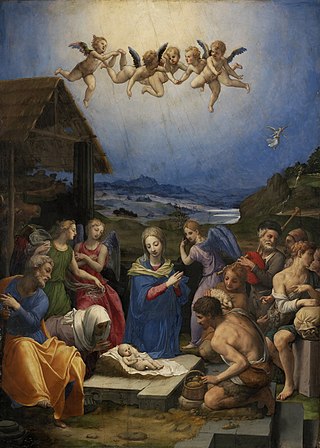
"Hark! The Herald Angels Sing" is an English Christmas carol that first appeared in 1739 in the collection Hymns and Sacred Poems. The carol, based on Luke 2:14, tells of an angelic chorus singing praises to God. As it is known in the modern era, it features lyrical contributions from Charles Wesley and George Whitefield, two of the founding ministers of Methodism, with music adapted from "Vaterland, in deinen Gauen" from Felix Mendelssohn's cantata Festgesang.
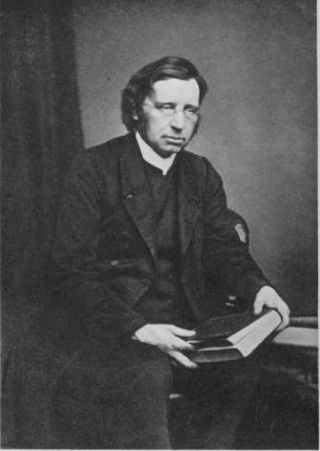
John Mason Neale was an English Anglican priest, scholar, and hymnwriter. He worked and wrote on a wide range of holy Christian texts, including obscure medieval hymns, both Western and Eastern. Among his most famous hymns is the 1853 Good King Wenceslas, set on Boxing Day. An Anglo-Catholic, Neale's works have found positive reception in high-church Anglicanism and Western Rite Orthodoxy.
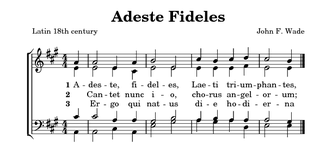
A hymn tune is the melody of a musical composition to which a hymn text is sung. Musically speaking, a hymn is generally understood to have four-part harmony, a fast harmonic rhythm, with or without refrain or chorus.
William Henry Havergal was an Anglican clergyman, writer, composer and hymnwriter, and a publisher of sermons and pamphlets. He was the father of the hymn-writer and poet Frances Ridley Havergal and the clergyman and organist Henry East Havergal (1820–1875).
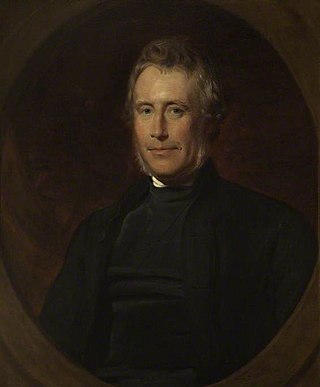
Robert John Eden, 3rd Baron Auckland, styled The Honourable Robert Eden from birth until 1849, was a British clergyman. He was Bishop of Sodor and Man from 1847 to 1854 and Bishop of Bath and Wells from 1854 to 1869.
William Josiah Irons (1812–1883) was a priest in the Church of England and a theological writer.

"The Lord's My Shepherd" is a Christian hymn. It is a metrical psalm commonly attributed to the English Puritan Francis Rous and based on the text of Psalm 23 in the Bible. The hymn first appeared in the Scots Metrical Psalter in 1650 traced to a parish in Aberdeenshire.

James Russell Woodford was an English churchman who was Bishop of Ely from 1873 to his death in 1885.
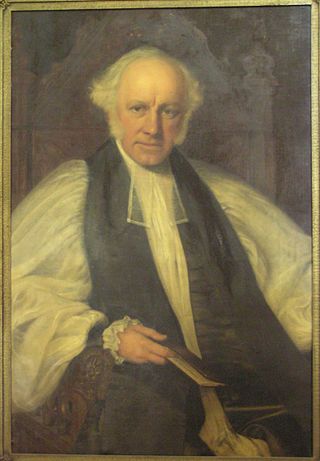
Joseph Cotton Wigram was a British churchman, Archdeacon of Winchester and bishop of Rochester.
Harriet Auber was an English poet and hymnist. She is best remembered for her collection The Spirit of the Psalms, published in 1829, and for her hymn "Our blest Redeemer, ere he breathed," a treatise on the Holy Spirit and his work.

"Ach Gott, vom Himmel sieh darein" is a Lutheran chorale of 1524, with words written by Martin Luther paraphrasing Psalm 12. It was published as one of eight songs in 1524 in the first Lutheran hymnal, the Achtliederbuch, which contained four songs by Luther, three by Speratus, and one by Justus Jonas. It was contained in 1524 in the Erfurt Enchiridion. It is part of many hymnals, also in translations. The text inspired vocal and organ music by composers such as Heinrich Schütz, who set it as part of his Becker Psalter, and Johann Sebastian Bach, who based a chorale cantata on it. Mozart used one of its tunes in his opera The Magic Flute.
Charles Girdlestone (1797–1881) was an English clergyman and biblical commentator.
Philip Gurdon was an English first-class cricketer who played for Norfolk and Cambridge University. He is recorded in two matches, totalling 16 runs with a highest score of 9.

Henry Stebbing FRS (1799–1883) was an English cleric and man of letters, known as a poet, preacher, and historian. He worked as a literary editor, of books and periodicals.
William Morton Reynolds was a Lutheran and later Episcopal minister in the United States, professor of Latin, and President of Capital University at Columbus, Ohio, and of the Illinois State University.












